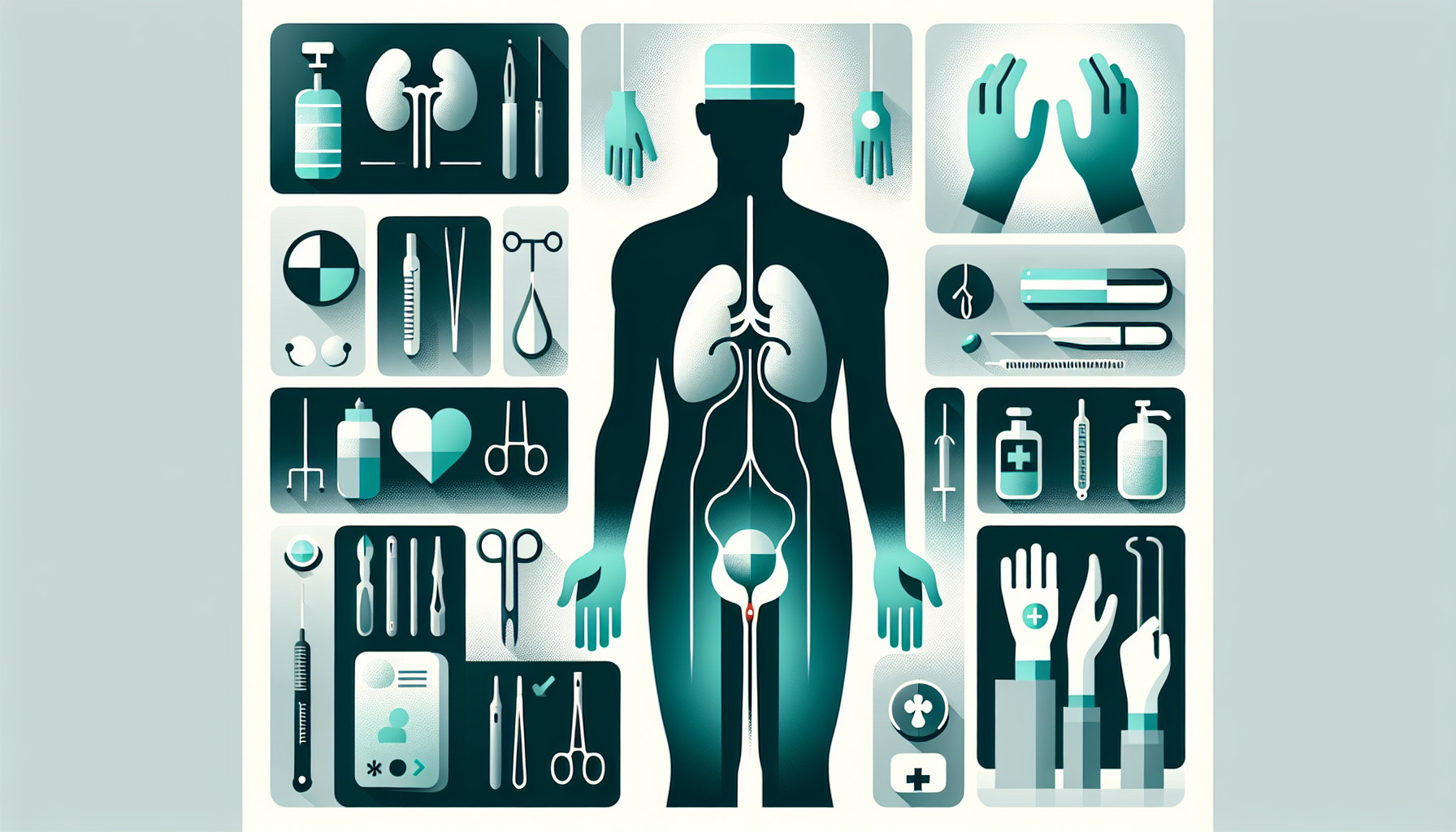Our Summary
This paper is about urinary fistula, a condition that’s likely to become more common in the future due to more people undergoing a type of kidney surgery called a partial nephrectomy. This surgery is becoming more popular because it has similar cancer outcomes to a full kidney removal, but with less risk of chronic kidney disease and other complications.
The researchers wanted to compare different ways of treating urinary fistula after this type of surgery. They searched a database of medical research for relevant studies. They were interested in three main outcomes: how successful treatment was at solving the problem, how long it took, and how many interventions were needed.
They found that urinary fistula can be successfully treated in a variety of ways, with a high success rate (97.5%). On average, patients needed 1.4 interventions and the problem was resolved in 11 days (median of 3 days).
However, the researchers note that their study may be biased due to its methodology. They conclude that there are many effective ways to treat urinary fistula after partial nephrectomy, and the timing of treatment is important.
FAQs
- What is a urinary fistula and why is it becoming more common?
- What did the researchers find in terms of treating urinary fistula after a partial nephrectomy?
- Why is partial nephrectomy becoming a more popular choice of surgery for kidney cancer?
Doctor’s Tip
A helpful tip a doctor might tell a patient about nephrectomy is to follow post-operative care instructions carefully, including keeping the surgical site clean and dry, taking prescribed medications as directed, and attending follow-up appointments to monitor for any complications. It is also important to stay hydrated and avoid heavy lifting or strenuous physical activity until cleared by a healthcare provider.
Suitable For
Patients who are typically recommended nephrectomy include those with kidney cancer, kidney stones, kidney infections, or other conditions that affect the function of the kidney. In the case of urinary fistula following partial nephrectomy, patients may also be recommended for nephrectomy if conservative treatments are not successful in resolving the issue. Nephrectomy may be necessary to prevent further complications or to improve the patient’s quality of life.
Timeline
Before a nephrectomy, a patient may experience symptoms related to their kidney condition, such as pain, blood in the urine, or frequent urinary tract infections. They will undergo pre-operative testing and consultations with their healthcare team to prepare for the surgery.
After a nephrectomy, the patient will typically stay in the hospital for a few days for monitoring and recovery. They may experience pain, fatigue, and changes in urinary function. The healthcare team will provide instructions for managing pain, wound care, and activity restrictions.
In the weeks following the surgery, the patient will have follow-up appointments to monitor their recovery and address any complications. They may need to gradually increase their activity level and make lifestyle changes to support kidney health.
Overall, the patient’s quality of life may improve after a nephrectomy if the surgery successfully resolves their kidney condition. However, they may need ongoing medical care and monitoring to manage any long-term effects of the surgery.
What to Ask Your Doctor
Some questions a patient should ask their doctor about nephrectomy may include:
- What are the potential risks and complications associated with a partial nephrectomy?
- How will my kidney function be affected after the surgery?
- How long is the recovery process and what can I expect during this time?
- What are the alternative treatment options to a partial nephrectomy?
- How likely am I to develop urinary fistula after the surgery?
- What symptoms should I watch out for that may indicate a urinary fistula?
- What is the typical course of treatment for urinary fistula after a partial nephrectomy?
- How successful is the treatment for urinary fistula and what is the average recovery time?
- How many interventions are typically needed to resolve a urinary fistula?
- Are there any lifestyle changes or precautions I should take to reduce the risk of developing complications after the surgery?
Reference
Authors: Massouh Skorin R, Mahfouz A, Escovar la Riva P. Journal: Actas Urol Esp (Engl Ed). 2022 Sep;46(7):387-396. doi: 10.1016/j.acuroe.2022.06.004. Epub 2022 Jun 30. PMID: 35780049
